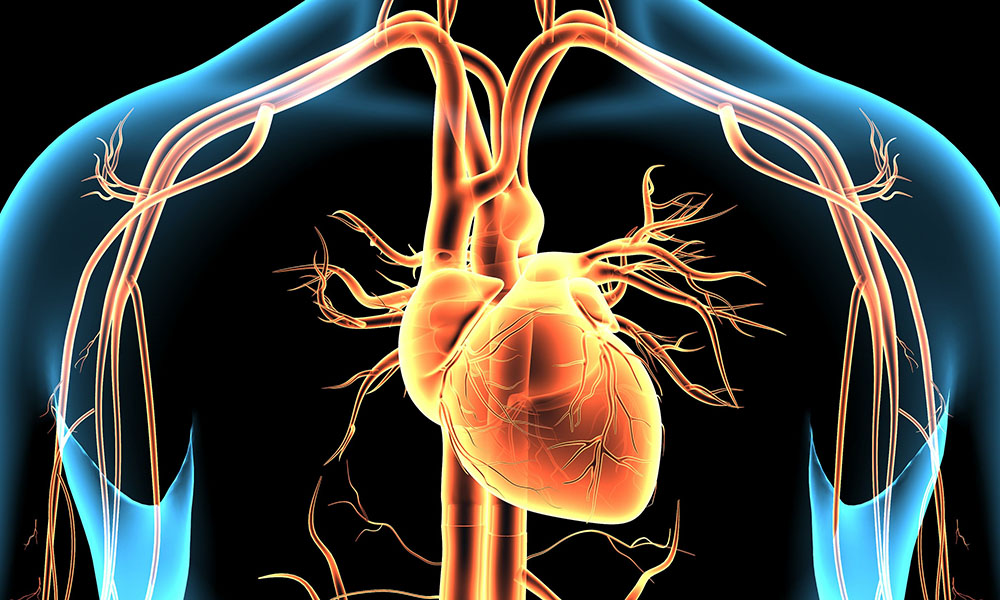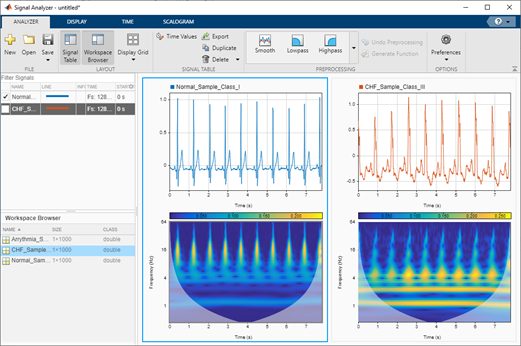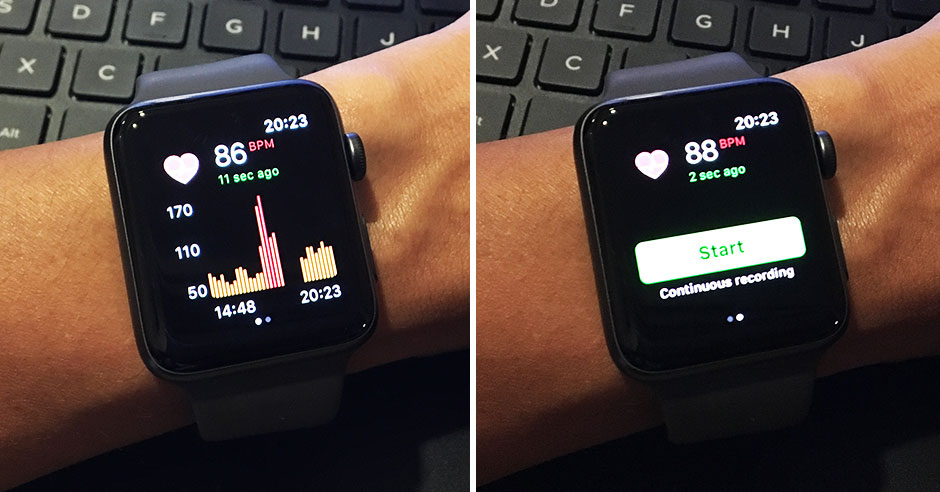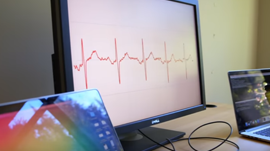According to the Centers for Disease Control, an estimated 2.7 to 6.1 million people in the U.S. have Atrial Fibrillation, the most common type of an irregular heartbeat.
To help distinguish between harmless rhythm irregularities and a life-threatening condition, researchers from Stanford University, UCSF, and Rhythm Technologies developed a deep learning-based system that can automatically classify a broad range of arrhythmias. The findings were recently published in Nature Medicine journal.
Using NVIDIA TITAN GPUs, with the cuDNN-accelerated TensorFlow deep learning framework, the researchers trained a deep neural network to detect 12 rhythm classes from a computerized electrocardiogram. The training data set consisted of over 91,000 ECG records from 53,549 patients.
“In this study, we constructed a large, novel ECG dataset that underwent expert annotation for a broad range of ECG rhythm classes,” the researchers stated in their paper. “Our study is the first comprehensive demonstration of a deep learning approach to perform classification across a broad range of the most common and important ECG rhythm diagnoses.”
The deep neural network can classify ten different arrhythmias as well as sinus rhythm and noise, achieving an accuracy of 0.97 for all rhythm classes. All but one of the tests were below 0.97, the researchers said.
“if validated in clinical settings through clinical trials, our approach has the potential for substantial clinical impact,” the researchers said. “In summary, we demonstrate that an end-to-end deep learning approach can classify a broad range of distinct arrhythmias from single-lead ECGs with high diagnostic performance similar to that of cardiologists.”
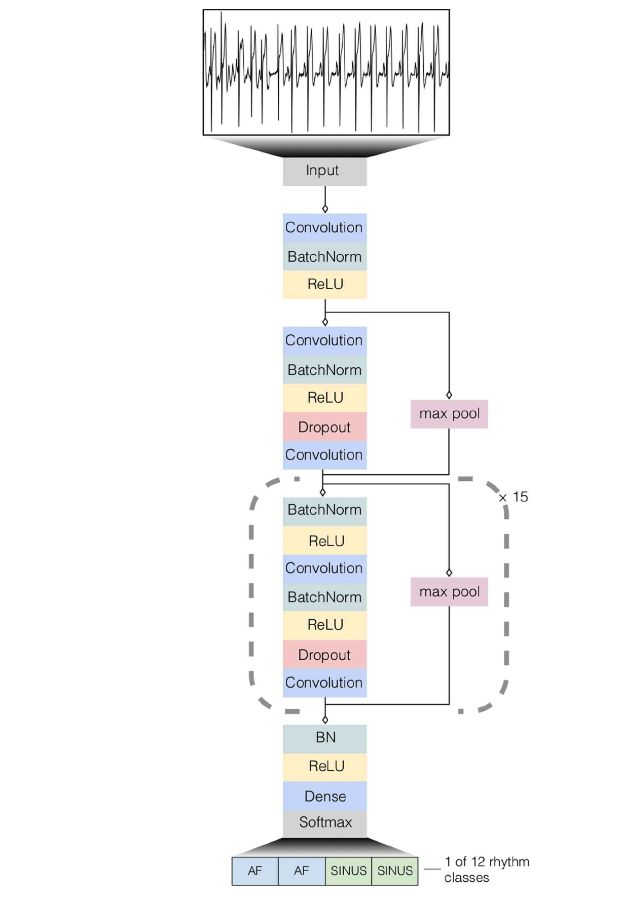
Deep Neural Network architecture. Our deep neural network consisted of 33 convolutional layers followed by a linear output layer into a softmax. The network accepts raw ECG data as input (sampled at 200 Hz, or 200 samples per second), and outputs a prediction of one out of 12 possible rhythm classes every 256 input samples.
The research was led by Awni Hannun and Andrew Ng from Stanford University. Hannun received funding for the work from NVIDIA through a fellowship.The National Institutes of Health also supported the work.
Read more>
AI Helps Detect Irregular Heartbeats
Jan 18, 2019
Discuss (0)
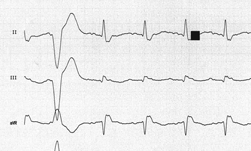
Related resources
- DLI course: Modeling Time-Series Data with Recurrent Neural Networks in Keras
- GTC session: Diagnosis Enlargement of Left Atrial Size using 12-Lead Electrocardiogram
- GTC session: Creating AI-Powered Hardware Solutions for Medical Imaging Applications
- GTC session: How Artificial Intelligence is Powering the Future of Biomedicine
- NGC Containers: MATLAB
- Webinar: Accelerate AI Model Inference at Scale for Financial Services
